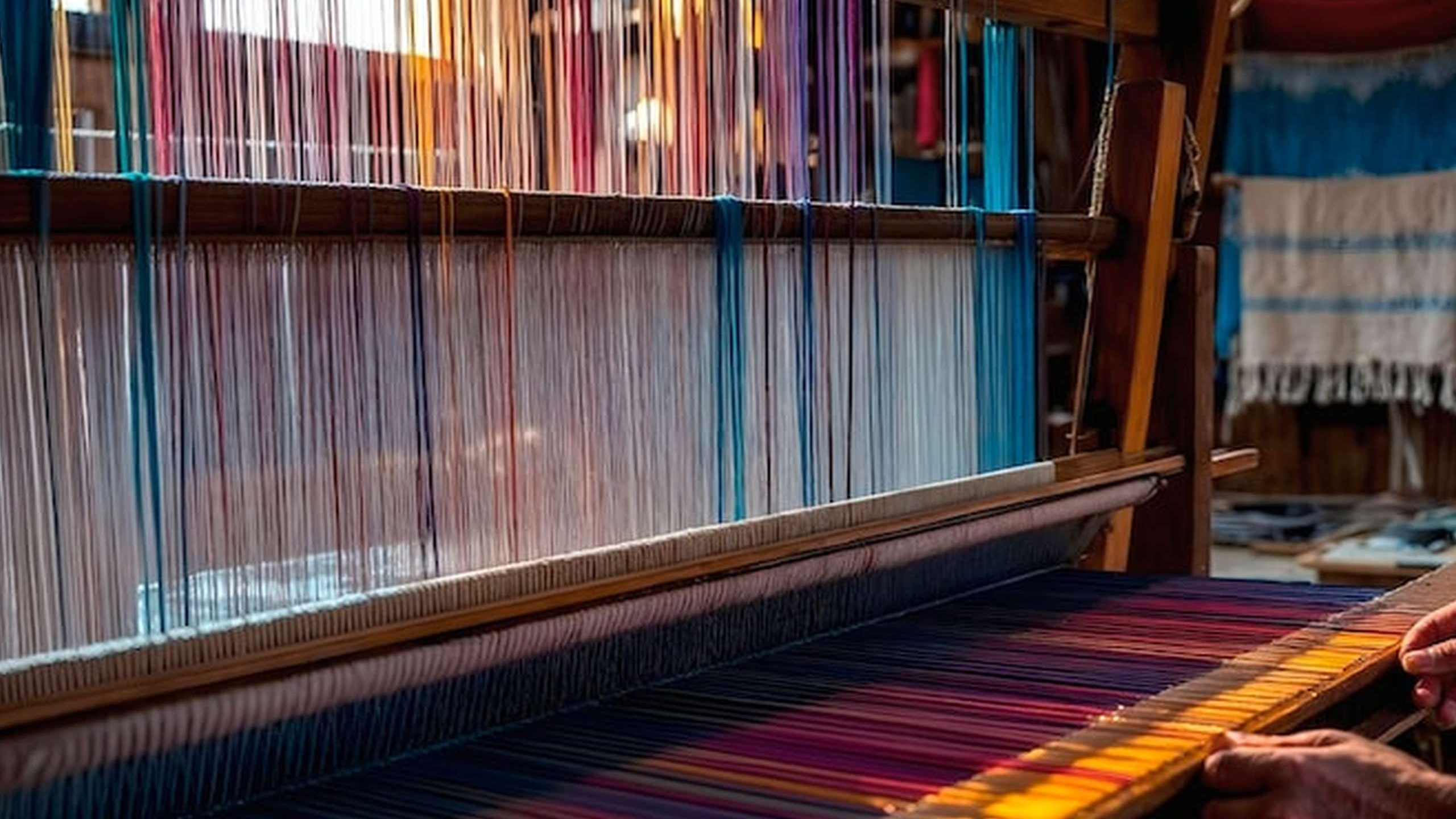 In the fast-paced world of sustainable manufacturing, the push for progress over perfection is reshaping the industry landscape. From Hyosung's billion-dollar investment in bio-based solutions to Living Ink Technologies' innovative algae-based pigments, disruptive technologies are driving change. As industry leaders navigate challenges in commercializing new products and overcoming resistance, the quest for sustainability remains paramount. Join us as we delve into the dynamic realm of sustainable innovation, where collaboration, incremental steps, and a shift towards embracing progress are key to shaping a more sustainable future.
In the fast-paced world of sustainable manufacturing, the push for progress over perfection is reshaping the industry landscape. From Hyosung's billion-dollar investment in bio-based solutions to Living Ink Technologies' innovative algae-based pigments, disruptive technologies are driving change. As industry leaders navigate challenges in commercializing new products and overcoming resistance, the quest for sustainability remains paramount. Join us as we delve into the dynamic realm of sustainable innovation, where collaboration, incremental steps, and a shift towards embracing progress are key to shaping a more sustainable future.
Embracing Sustainable Innovation in Manufacturing
In the realm of sustainable manufacturing, companies like Hyosung are leading the charge by investing significantly in bio-based solutions to address the pressing need for lower carbon footprint products. The $1 billion investment by Hyosung to build the world's largest bio BDO facility in Vietnam reflects a strategic move towards aligning with industry demands for more sustainable practices. This proactive approach not only showcases a commitment to environmental stewardship but also sets a precedent for other players in the industry to follow suit. By integrating sustainable innovations into their operations, companies can not only meet consumer expectations for eco-friendly products but also drive positive change across the supply chain.
Moreover, the shift towards sustainable innovation is not just about meeting consumer demands but also about driving operational efficiency and cost savings. Companies that embrace disruptive technologies, such as Living Ink Technologies with its algae-based pigments, are not only contributing to environmental conservation but also exploring new avenues for product differentiation. By offering brands a broader range of color options and emphasizing progress over perfection, these companies are setting a new standard for sustainable practices in manufacturing. This approach not only fosters creativity and innovation but also underscores the importance of collaboration between brands, suppliers, and technology providers to achieve shared sustainability goals.
Overcoming Resistance and Driving Adoption of New Technologies
One of the key challenges in sustainable manufacturing lies in overcoming resistance from traditional players in the industry. As highlighted by Lab Denim's CEO, Dustin White, suppliers often exhibit reluctance to adopt new technologies due to heavy investments in existing infrastructure. However, by showcasing the cost savings, increased margins, and operational efficiencies offered by disruptive technologies, companies can incentivize suppliers to embrace change. This shift not only benefits the bottom line but also paves the way for a more sustainable and competitive industry landscape. By engaging in transparent dialogues and demonstrating the tangible benefits of new technologies, companies can foster a culture of innovation and adaptation within the supply chain.
Furthermore, the role of collaboration and knowledge-sharing cannot be understated in driving the adoption of new technologies in manufacturing. Companies like Avalo leverage AI-powered genomic analysis to optimize crop traits, showcasing the power of technology in revolutionizing traditional practices. By encouraging brands to request samples made with new innovations and facilitating open communication between stakeholders, companies can accelerate the pace of technological adoption in the industry. This collaborative approach not only fosters a culture of continuous improvement but also ensures that sustainable innovations reach the market faster, benefiting both businesses and the environment in the long run.
Balancing Sustainability and Commercial Viability
A critical aspect of sustainable innovation in manufacturing is striking a balance between environmental sustainability and commercial viability. Companies like Creora have introduced a tiered range of bio-based spandex options, offering brands a choice in aligning with their sustainability goals. This "good, better, best" strategy not only provides flexibility for brands but also tests their commitment to sustainability by pricing each tier progressively higher. By highlighting the cost implications of sustainable practices and emphasizing the value of respecting nature, companies are challenging brands to rethink their approach to product development. This strategic pricing approach not only encourages brands to invest in more sustainable options but also underscores the economic realities of sustainable manufacturing.
In conclusion, the landscape of sustainable manufacturing is evolving rapidly, driven by a push for progress over perfection and a collective commitment to environmental stewardship. By embracing disruptive technologies, overcoming resistance, and balancing sustainability with commercial viability, companies can navigate the complexities of the industry while driving positive change. As the quest for sustainability continues to shape the future of manufacturing, collaboration, innovation, and a mindset of continuous improvement will be key in building a more sustainable and resilient industry ecosystem.
Conclusion
In the dynamic realm of sustainable manufacturing, the journey towards progress over perfection is reshaping industry norms. From Hyosung's billion-dollar investment in bio-based solutions to Living Ink Technologies' innovative algae-based pigments, disruptive technologies are propelling change and setting new standards for sustainability. Overcoming resistance, fostering collaboration, and balancing commercial viability with environmental stewardship are pivotal in driving this transformative shift. As industry leaders embrace innovation and collaboration, the path to a more sustainable future becomes clearer, highlighting the importance of collective action and a relentless pursuit of sustainable practices. Let us continue to champion progress, inspire change, and pave the way for a more resilient and sustainable industry ecosystem.